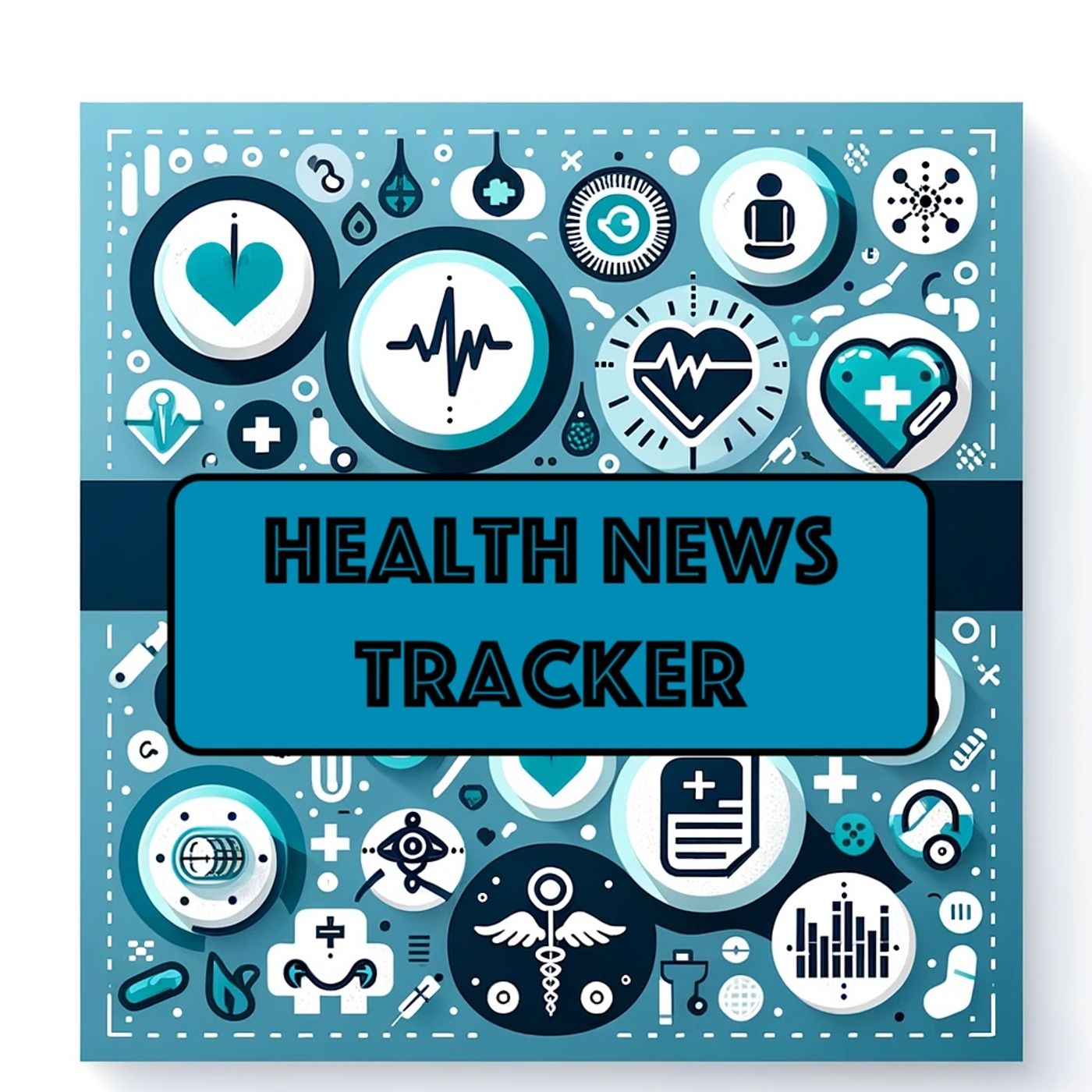Apr 11 2025 2 mins
The healthcare industry is currently navigating significant developments, underscored by rising costs, regulatory adjustments, and technological innovations. The industry's financial landscape remains challenging, with PwC projecting an 8% year-on-year increase in medical costs for group markets in 2025 and 7.5% for individual markets. These trends are driven by inflation, higher prescription drug spending, and increased behavioral health utilization. Additionally, factors such as deferred care post-pandemic and greater use of glucagon-like peptide-1 drugs contribute to escalated expenditures. Providers are increasingly relying on private contracts to manage rising operational expenses due to constrained government reimbursements[2][4].
Emerging technologies are reshaping care delivery. At the Healthcare Asia Summit 2025, innovations in artificial intelligence (AI) and patient-centric solutions were highlighted as key drivers of efficiency and improved outcomes. Industry leaders are leveraging AI for predictive healthcare, risk assessments, and personalized care, illustrating a shift towards integrating digital tools in routine practices[7]. Similarly, Big Data Analytics is gaining traction, allowing healthcare providers to enhance decision-making, personalize treatments, and improve operational efficiency while reducing costs[3].
On the regulatory front, the Inflation Reduction Act (IRA) continues to exert influence, with provisions that could lead to higher initial drug pricing while encouraging price negotiations and rebates in the longer term[2]. Meanwhile, intensified scrutiny on consolidation among hospitals and insurers is raising concerns about cost inflation, as health plans struggle to maintain affordability in the face of growing competition[2].
Notable recent events include the ELEVATE Hospice & Palliative Care Conference, which emphasized navigating updated regulations, payment caps, and strategies for equitable access to healthcare. Leaders also discussed telehealth advancements and workforce retention strategies as critical responses to ongoing challenges[1].
In comparison to previous years, healthcare remains on a steady trajectory of rising spending, but with a sharper focus on innovation and efficiency. National health expenditures have surged dramatically, from $1.4 trillion in 2000 to an estimated $4.9 trillion in 2023, reflecting both increased utilization and rising service costs[5]. Leaders across the sector are addressing these challenges by prioritizing technology adoption, fostering collaborations, and rethinking care models to sustain growth and improve patient experiences.
Emerging technologies are reshaping care delivery. At the Healthcare Asia Summit 2025, innovations in artificial intelligence (AI) and patient-centric solutions were highlighted as key drivers of efficiency and improved outcomes. Industry leaders are leveraging AI for predictive healthcare, risk assessments, and personalized care, illustrating a shift towards integrating digital tools in routine practices[7]. Similarly, Big Data Analytics is gaining traction, allowing healthcare providers to enhance decision-making, personalize treatments, and improve operational efficiency while reducing costs[3].
On the regulatory front, the Inflation Reduction Act (IRA) continues to exert influence, with provisions that could lead to higher initial drug pricing while encouraging price negotiations and rebates in the longer term[2]. Meanwhile, intensified scrutiny on consolidation among hospitals and insurers is raising concerns about cost inflation, as health plans struggle to maintain affordability in the face of growing competition[2].
Notable recent events include the ELEVATE Hospice & Palliative Care Conference, which emphasized navigating updated regulations, payment caps, and strategies for equitable access to healthcare. Leaders also discussed telehealth advancements and workforce retention strategies as critical responses to ongoing challenges[1].
In comparison to previous years, healthcare remains on a steady trajectory of rising spending, but with a sharper focus on innovation and efficiency. National health expenditures have surged dramatically, from $1.4 trillion in 2000 to an estimated $4.9 trillion in 2023, reflecting both increased utilization and rising service costs[5]. Leaders across the sector are addressing these challenges by prioritizing technology adoption, fostering collaborations, and rethinking care models to sustain growth and improve patient experiences.
